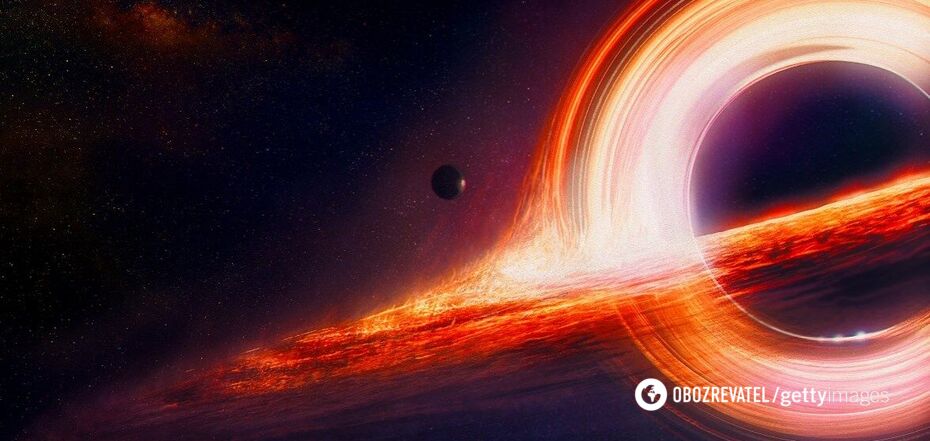Life
The black hole at the centre of our galaxy may have a mysterious satellite: what scientists know
The black hole in the centre of our Milky Way galaxy may have a companion in the form of an intermediate-mass black hole, about which scientists know very little. However, none of the modern devices used by mankind can detect it.
This is stated in a study published on the arXiv preprint website. The work of the scientists has yet to be reviewed by the scientific community.
Most galaxies contain a supermassive black hole, and some have two. This happens after the merger of galaxies, when the black hole of one galaxy is absorbed by another.
Mankind knows for certain that there is a giant black hole in the heart of our galaxy, known as Sagittarius A* (Sag A*). It is more than 4.2 million times bigger than our Sun and is located just 27,000 light-years away from Earth.
It is the closest supermassive black hole, and one of the two that scientists from Earth have observed directly.
According to Universe Today, Sag A* is so close that scientists can see the stars that orbit it. Observations of some of them have been going on for more than 20 years, so Earth-based scientists are well aware of their orbits.
It was using the data on the orbits of these stars that scientists tried to find the answer to the question of whether the black hole in our galaxy has a companion.
Previous observations have shown that there is definitely only one supermassive black hole in the Milky Way. However, there may be stellar-mass black holes near Sag A*. The problem is that current observations are not sensitive enough to detect them.
It is also possible that an intermediate black hole (IBH) orbits Sag A*. The mass of such a hole ranges from hundreds to thousands of Suns.
Unlike conventional black holes, they are not formed as a result of the collapse of a massive star, and it is also impossible that they fall into another galaxy after galactic collisions. Such "small" black holes have only recently been discovered thanks to gravitational waves from black hole mergers, so they are not very well understood. Scientists are not sure how they arise and how widespread they can be.
However, the existence of a BH near Sag A* can be calculated due to the influence on the orbits of stars that also orbit the supermassive black hole.
Therefore, the researchers looked at the orbit of a star known as S0-2 or S2. It has one of the closest orbits to Sag A*, with an orbital period of 16 years. The scientists are convinced that this particular star should be affected by the gravitational influence of the NDE.
Their first calculations showed that no evidence of gravitational waves was found in the orbit of S0-2. However, according to the scientists, this does not refute the existence of a BH near a supermassive black hole, but only indicates that it may not have enough mass to affect the star.
"Based on the data, if a hypothetical intermediate-mass black hole orbits outside the S0-2 orbit, say, with an orbital radius of 1000 AU to 4000 AU, it could have a mass of no more than 1000 to 10,000 Suns. If there is a NEO orbiting Sag A* closer than S0-2, then its mass can be no more than 400 Suns," the scientists concluded.
Earlier, OBOZREVATEL reported that NASA showed a video with black holes, which makes it creepy: the Sun is just a grain of sand against their background.
Subscribe to OBOZREVATEL's Telegram, Viber and Threads channels to keep up with the latest developments.



























